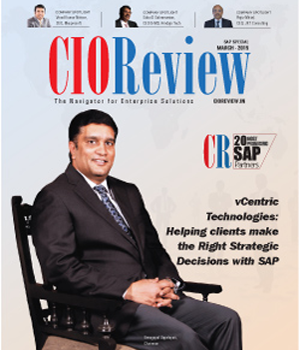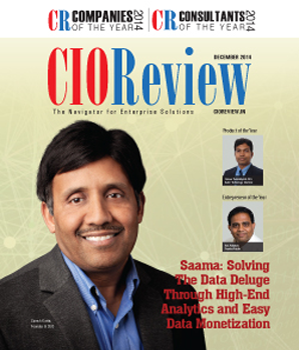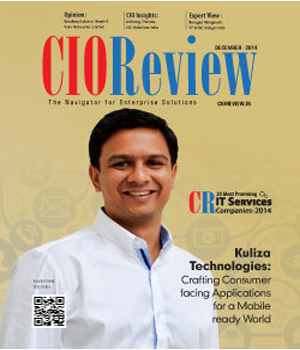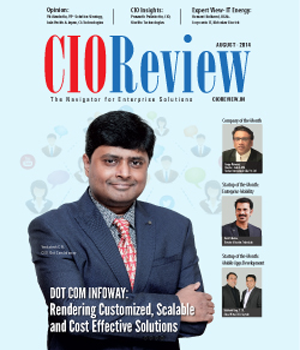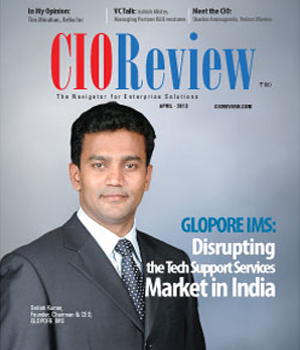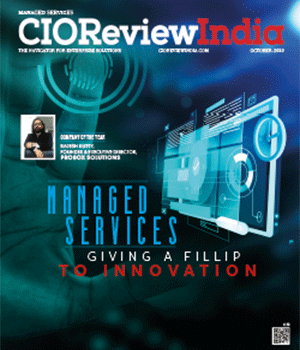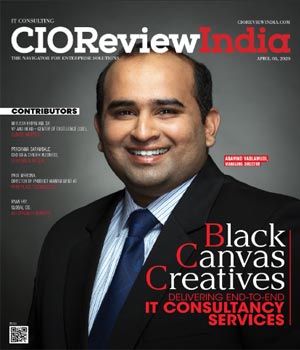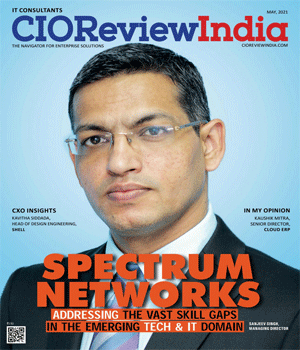
A Qlik study demonstrates that the choice of methods and approaches used for persuasion depends on the organizations' decision-making culture
CIOReview Team | Thursday, 14 July 2016, 07:28 IST
 Persuasive communication is an essential skill in the business world, not only for convincing customers but also for managing and making decisions within internal teams. When making a business proposal to teams within the company, 65% of professionals considered conducting an in-person presentation to be the best way to convince the audience. However, in reality, only 38% identified structured presentation as the most frequently used method, while another 36% state that they use one-to-one meetings to communicate and persuade their teams internally.
Persuasive communication is an essential skill in the business world, not only for convincing customers but also for managing and making decisions within internal teams. When making a business proposal to teams within the company, 65% of professionals considered conducting an in-person presentation to be the best way to convince the audience. However, in reality, only 38% identified structured presentation as the most frequently used method, while another 36% state that they use one-to-one meetings to communicate and persuade their teams internally.
These data are extracted from the report "The Art of Persuasive Communication in the Workplace", which is prepared by Qlik® (NASDAQ: QLIK), a leader in Visual Analytics. Through conducting surveys on professionals, this report analyzes how the desire to persuade the audience consciously affects the ways in which information is developed and shared.
According to the analysis, the results vary considerably, depending on the corporate culture of the company to which each employee belongs. Among the professionals surveyed, 39% considered their organization’s decision-making culture to be very collaborative; while 35% believe that is somewhat collaborative, where workers simply share opinions, data and information with other peers to make decisions.
Consequently, there is a noticeable inclination towards in-person presentations in companies which have a more entrenched culture of collaboration between departments. For instance, among the professionals who identify themselves to be part of highly collaborative companies, conducting an in-person presentation is the most preferred method for 74% of these professionals and the most widely used method, with 60% executing it on a daily basis. On the contrary, among the less collaborative companies, only 55% prefer in-person presentations, and 35% favor written proposals in a group email.
Experience and knowledge to persuade the group
Half of the surveyed professionals uses knowledge and experience as their fundamental resource to construct persuasive proposals, while 37% use data as their primary resource. In highly collaborative organizations, 51% of professionals use data, in comparison with compared to 37% in somewhat collaborative organizations and 55% in organizations with an equal mixture of autocratic and collaborative companies.
In any case, 80% of respondents almost always take time to project and outline potential outcomes when making a proposal. In fact, nearly 70% believe that more discussion is always or almost always necessary after a proposal is made. Under such circumstances, almost half of respondents (42%) prefer to have the discussion in a group presentation, while 22% prefer one-to-one conversations or calls. Only 19% favor a conference call while another 16% choose to send a written proposal via email.
Methodology
"The Art of Persuasive Communication in the Workplace" is a study conducted by Qlik’s Innovation and Design team. A total of 206 professionals, based in the USA and Canada, were surveyed in November 2015.
CIO Viewpoint
With Managed Services Organizations Can Reduce...
By Krishnakumar Madhavan, Head IT & Innovation, KLA Software India Pvt Ltd
By Amandeep Singh, Vice President & Group Head - IT Infrastructure, Thomas Cook India Limited
By Brian Clarke, Solutions Architect-Networking and Collaboration, OneNeck IT Solutions
CXO Insights
Innovation in IT: Meeting Evolving Demands and...
By K Shivasankar, Vice President - Technology & Solutions, India, NTT DATA Inc
Low-Code/No-Code: The Key to Intelligent...
By Sachin Panicker, Chief AI Officer, Fulcrum Digital
Maximizing Business Insight with Big Data...


